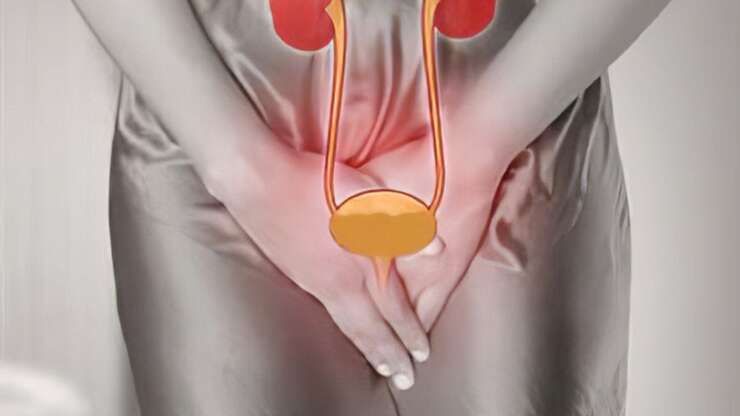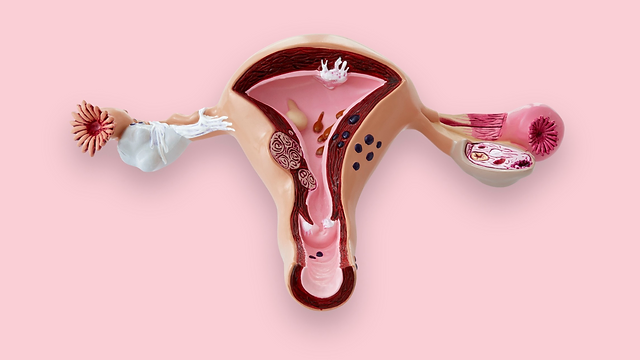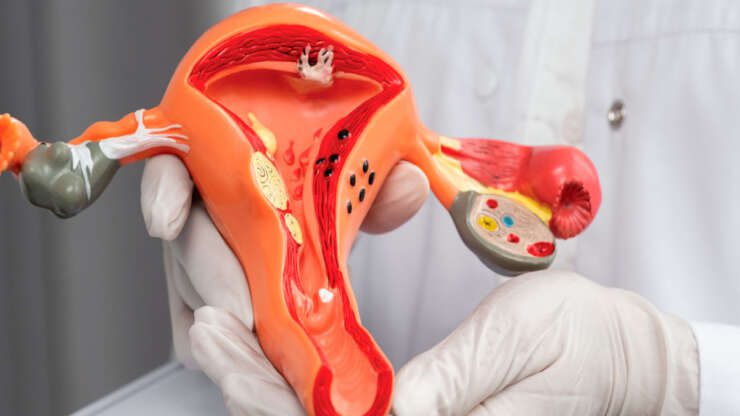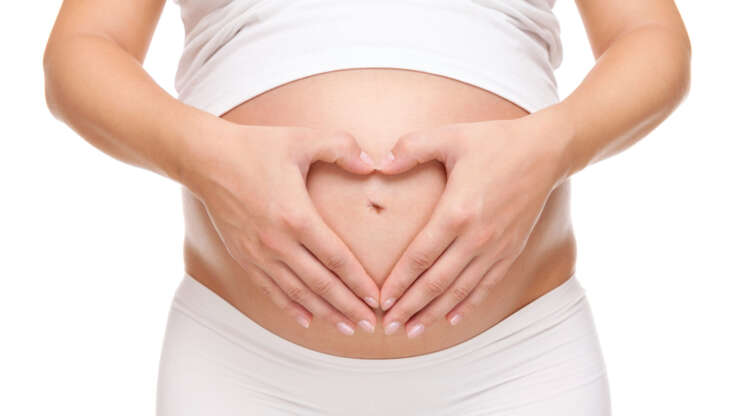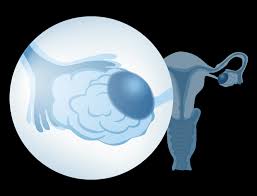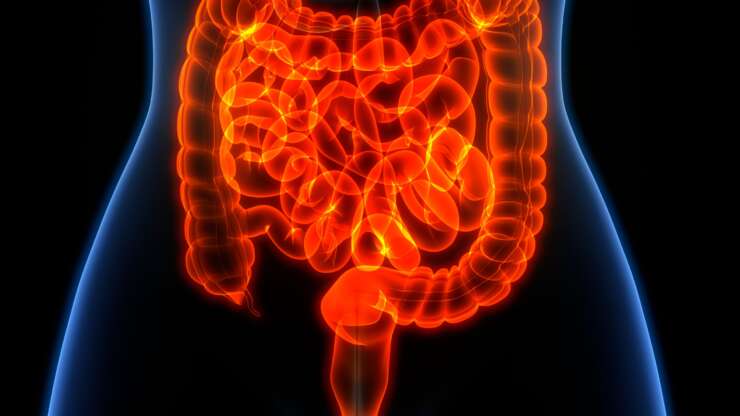Voiding dysfunction after complex deep endometriosis surgery is probably one of the less recognised complications of this type of surgery. Certain locations of deep endometriosis (eg. Parametrium, uterosacral ligaments, sacral plexus), when excised, may be linked to higher risk of voiding dysfunction post-operatively. This may be due to inadvertent injury to the innervation of the bladder during surgical excision…
